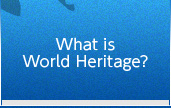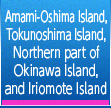- Ministry of the Environment>Nature & Parks>
- World Natural Heritage in Japan>
- Shiretoko>
- Protection and management
Protection and management
The World Heritage Committee has pointed out challenges confronting Shiretoko. These include countermeasures against Yezo sika (endemic subspecies of sika deer), tourism management, formulation of management plans for marine areas, and for salmon species to reduce impact by dams and develop countermeasures. The River Construction Advisory Committee, Marine Area Working Group (hereafter WG), Sika Deer and Terrestrial Ecosystem WG, Proper Use of Nature and Ecotourism WG, and others have been established under the Scientific Committee to address these issues.
- Protected Areas in the Property
Shiretoko National Park Special Protection Zone: 23,526 ha Special Zone: 15,110 ha Onnebetsudake Wilderness Area: 1,895 ha - (Under jurisdiction of MOE)
Examples of Efforts
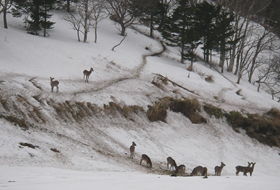
Countermeasures against Yezo Sika
In recent years, there has been a sharp increase in Yezo sika within the World Heritage property, leading to effects on the ecosystem that include changes to the vegetation. In order to mitigate their impact, the Ministry of the Environment and others from the national government, as well as the relevant local governments have been controlling the deer population by harvesting, based upon the Sika Deer Management Plan in the Shiretoko Peninsula and advice from the Sika Deer and Terrestrial Ecosystem WG. In areas where population control is being carried out, it has been confirmed that the vegetation is gradually recovering.
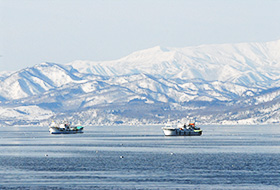
Balance between Maintaining Marine Biodiversity and Fisheries Activities
The Multiple Use Integrated Marine Management Plan, which aims to reconcile the conservation of ecosystems with a sustainable fisheries, was formulated in 2007 by the Ministry of the Environment and the Hokkaido Prefectural Government. Through this plan, "voluntary restrictions by fishery operators" were incorporated into the management of the World Heritage property and a management style was achieved that strikes a balance between maintaining marine biodiversity and fishing, which is a regular vocation in the region. This management style is highly appraised internationally as the "Shiretoko style," to be a new model for heritage site management techniques.
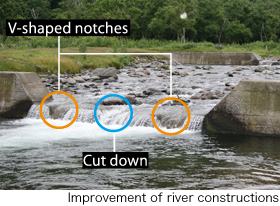
Improving River Constructions
On some of Shiretoko's rivers, salmonids could not swim upstream to spawn because of check dams, weirs, and other artificially constructed structures (river constructions). Therefore, based on the recommendations of the River Construction WG (currently River Construction Advisory Committee), improvement works were carried out such as by installing fishways for 13 river constructions for which improvements were deemed to be appropriate. As a result, the spawning ranges upstream of the constructions have expanded and the numbers of eggs produced have increased.
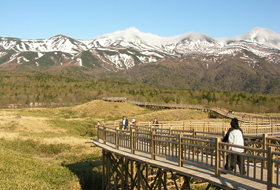
The Elevated Boardwalk and the Regulated Utilization Areas
The walkways at Shiretoko Goko Lakes has faced problems such as repeated closures due to frequent appearance of brown bears and the negative impact on vegetation resulting from visitor congestion. In order to resolve these issues, an elevated boardwalk that could be safely walked without the danger of coming into contact with brown bears was installed. In 2011, utilization management system was adopted pursuant to the Natural Parks Act. Visitors are required to apply for permission to go to the aboveground walkways during congested periods. Through these efforts, the impact on vegetation is reduced while also natural landscapes and biodiversity are maintained.
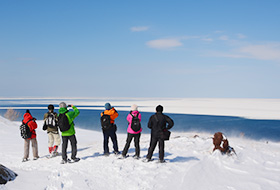
Shiretoko Ecotourism Strategy
In 2013, the Joint Committee on Appropriate Use and Ecotourism prepared the Shiretoko Ecotourism Strategy. It aims at sharing future objectives for promoting tourism to Shiretoko and methods for achieving this among all of the stakeholders. The Strategy invites anyone to freely offer proposals on new tourism uses and the establishment of new rules so that more open local initiatives will be promoted.
To Coexist with Brown Bears
In recent years, there has been concern about tourists and others feeding brown bears or approaching them abnormally close for the photography. Once brown bears get a taste for human food, they tend to approach people and residential areas, and as a result, they are sometimes killed as a safety measure. It is strictly necessary to refrain from approaching bears for taking photos, leaving leftover food and other garbage, and feeding bears. In Shiretoko, related organizations have been working together since 2020 to conduct a Distance Campaign, calling for people to keep a sufficient distance from brown bears and other wild animals.
